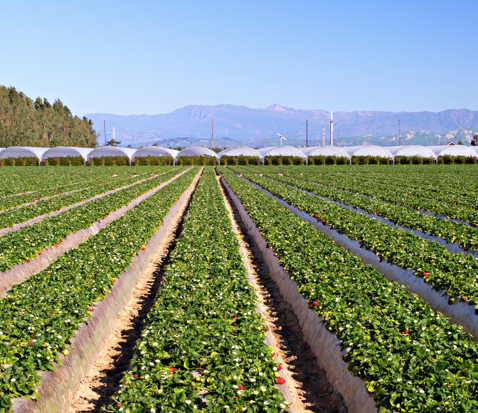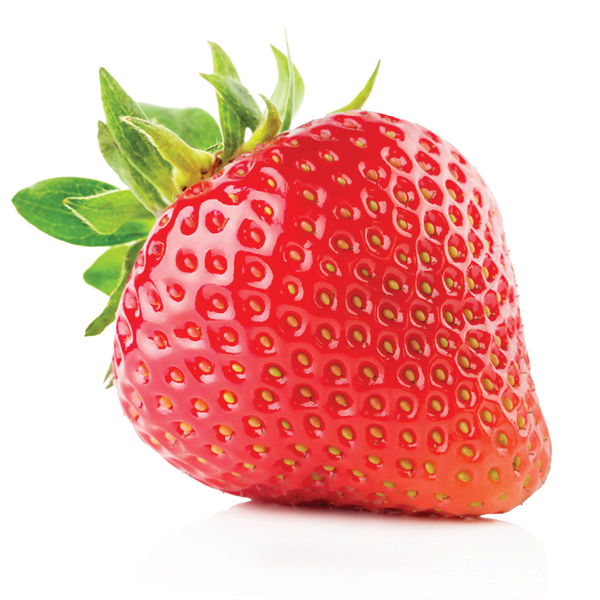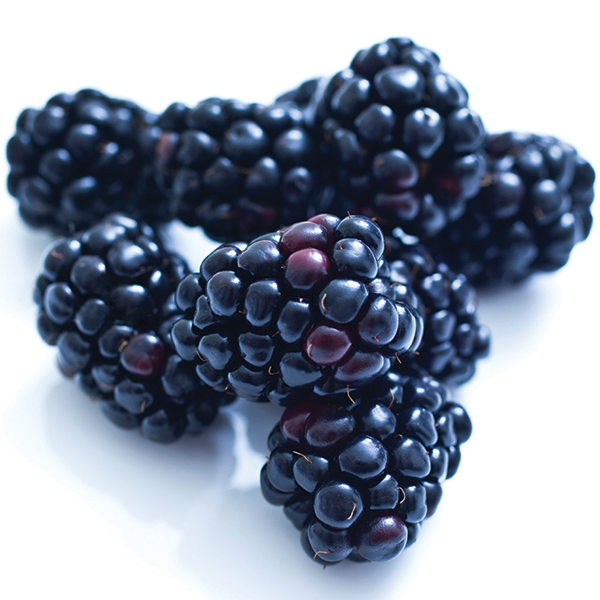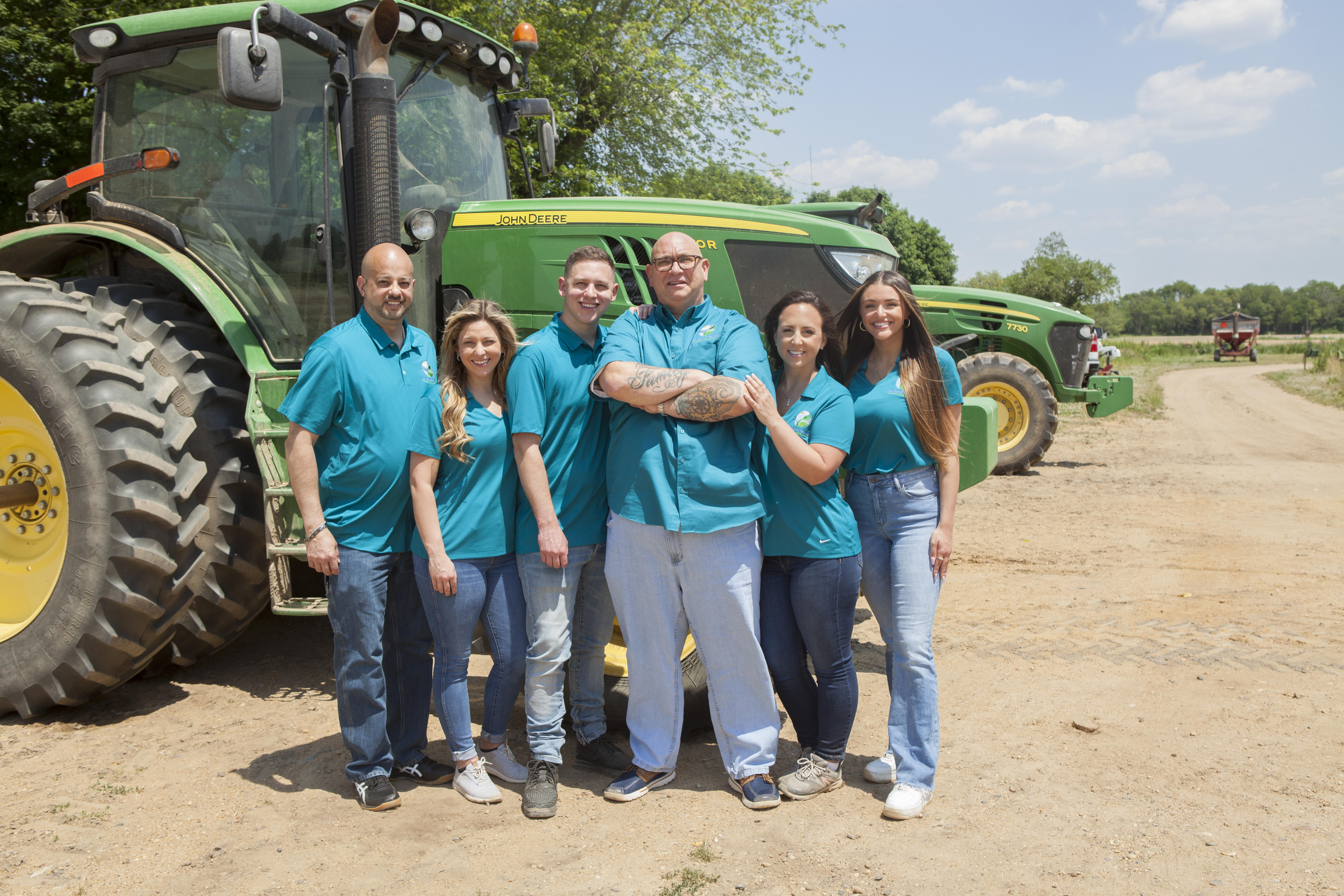Summer berry crop success varies, but volume is there

Berries for this summer season are doing fairly well nationwide, despite some typical weather challenges in dry California, a rainy or chilly spring in the Southeast, and atypical hailstorms in North Carolina that reduced the blueberry crop.
Besides the highly shippable berries from California and Florida, berries are a particularly regional product sold not far from where they’re grown, said Kevin Schooley, executive director of the North American Strawberry Growers Association.
“In a lot of cases, the varieties grown from anywhere that’s not Florida or California are not of a post-harvest quality built for shipping long distances,” Schooley said. “We tend to pick stuff more mature, trying to get the flavor profile up a bit.”
With a mild winter with just enough freeze days and a cool spring that’s now warmed up, New Jersey berry growers are enjoying the regional demand among the estimated 50 million consumers within a few hours’ distance, said Joe Atchison III, New Jersey Department of Agriculture’s marketing and development division director.
The state’s blueberries are on schedule for about June 15, give or take a few days depending on weather, and blackberries and raspberries will follow. All of these start dates fall in line with the average start dates year over year, Atchison said.
“A cool spring may have kept some growers from getting into the fields as early as they would like, but warming temperatures are allowing crops to catch up and farmers are harvesting right on schedule,” he said.
Strawberry breeders are focusing more on creating varieties with better taste profiles, as well as high yields, large size, shippability, and disease and pest resistance. The newer cabrillo and monterey strawberry varieties are moving in on the old California favorite, albion.
“They’re really trying to get back into the tasting, and with new genetic breeding techniques, they can make some choices early on. I think we’ll see more of that,” Schooley said. However, “people still buy with their eyes.”

Challenges
Berry growers and marketers are dealing with the same challenges of the day found in other commodities: labor shortage and costs; freight and trucking shortages and costs; pallet shortages and prices; and weather — always weather.
The year 2020 brought about many changes to daily operations at Consalo Family Farms, Egg Harbor City, N.J., to ensure the safety of the team and customers as they navigated the pandemic.
“I still foresee many challenges but an easier season, as we now have experience,” said Chelsea Consalo, vice president of produce operations.
The company will offer a vaccine clinic at the start of season for workers to have direct access to the COVID-19 vaccine.
The pallet shortage is going to affect everybody, from large to small growers, sometimes with prices as much as three times higher per pallet than normal, if you can get them, Schooley said.
“It will be interesting to see how much that eats into profit,” he said.
Reusable plastic containers are also in short supply.
“But for the most part, people seem pretty optimistic,” Schooley said.

Strawberries
Dealing with the challenges of a rainy spring in both states, Florida’s strawberry crop ended by May and farms in Arkansas quit picking by June, Schooley said.
Now, harvesting heads farther north along the East Coast.
“Maryland, and in that area, is full steam right now and well into their picking and most others, like New York, Minnesota and Maine are starting in a week or so and then Quebec and Ontario, Nova Scotia,” Schooley said June 7.
California and Florida are the main U.S. strawberry producers at 90% and 8% respectively, followed by New York, North Carolina, Oregon, and Washington, according to the USDA’s March 2021 Fruit and Tree Nut Report. California is a year-round supplier, but with growing consumer demand and the development of newer varieties, strawberry season has expanded in both California and Florida in the past two decades.
Major import competitor Mexico isn’t 100% year-round, pausing for the hottest months of June through September.
Watsonville, Calif.-based Well-Pict’s growing regions for strawberries are, understandably, California and Florida so that a year-round marketable volume can be offered to customers worldwide.
“Our berries this season are doing exceptionally well. Our berries are bred for superior flavor, size and color,” said Jim Grabowski, director of marketing.
Based on the annual acreage survey conducted by the California Strawberry Commission, total California strawberry acreage in 2021 is 36,487. To keep up with demand, 2020 fall planted acres increased 5.7%. The increase in plantings, combined with higher yielding varieties, is predicted to increase California production in 2021 compared to the previous year.
Blueberries
The big states for summer blueberries are first North Carolina in May, then New Jersey and Oregon in June, then Michigan and Washington in July, according to The Packer’s Produce Market Guide.
For imports, Mexico and Peru offer blueberries year-round, and Chile all but July, and Canada, three-quarters of the year, excluding January through April.
North Carolina had severe hailstorms that damaged some of its crop, which means buyers will be looking for more volume from New Jersey growers, Consalo said.
New Jersey’s blueberry crop had a good spring with good pollination, and the dry spell was relieved by substantial showers during Memorial Day weekend.
Consalo’s farms planted several new blueberry fields this winter, as well as replanted several older fields. The goal is for the company to produce 9.5 million pounds of New Jersey blueberries this season, and “so far, we look to be on track,” she said.
Some warm days in late May and early June sped up the predicted harvest start date to June 11, four days earlier than the shipping start of June 15 in 2020.
“Warm days have allowed our fruit to size up, and the fields are looking blue,” Consalo said.
In the month prior to June 5, Georgia produced 28.4 million pounds of blueberries at an average price of $2.97 per pound, according to the U.S. Department of Agriculture Market News.
California’s volume came next, producing 17.2 million pounds of blueberries, at an average of $3.61 per pound. Mexico landed third, at 16.3 million pounds at $2.84, followed by North Carolina at 6.4 million pounds at $2.53 per pound. Near the end of its season, Florida came in fifth with 1.1 million pounds of blueberries at $3.94 per pound.

Blackberries and raspberries
For blackberries, it’s mostly California from June through October and Oregon from July through September. Mexico and Chile fill in the gaps the rest of the year.
The major raspberry-producing regions are simple: California and Mexico have them year-round. Well-Pict offers its customers raspberries year-round too, Grabowski said.
Some blackberry and raspberry growers in the East, such as Arkansas and North Carolina, were hit with a late-season frost, particularly in western North Carolina, and hail in the eastern part, causing damage to early varieties, reducing volume, said Debby Wechsler, executive secretary of the North American Raspberry and Blackberry Association.
Based in Wilmington, N.C., Somerfield Farms markets Georgia and North Carolina blackberry growers.
“We anticipate a strong season for both areas, although some North Carolina growers got hit with a late season frost, which caused some damage to their early varieties,” said Tonya Bockover of Somerfield Farms.
The marketer also expects a strong raspberry program to offer retailers.
University of Arkansas horticulture professor and breeder John Clark has developed sweeter blackberry varieties, thornless ponca and caddo, which ripen a bit earlier than others. They both have good yield, hardiness and firmness.
Growers have said Clark’s ouachita variety is the most popular blackberry variety in the world, Wechsler said.
Wechsler said raspberry powerhouse Driscoll’s, also based in Watsonville, spends a lot of resources and time in researching new varieties, focusing on flavor, as Schooley said.
Driscoll’s is bringing back two premium collections first introduced in 2019: blush-colored Rosé Berries and Sweetest Batch raspberries and strawberries.
These two offerings “underscore our mission of flavor excellence,” Naomi Sakoda, senior product marketing manager, said in a news release.








